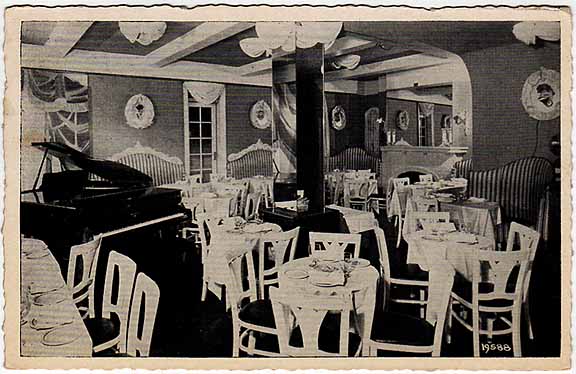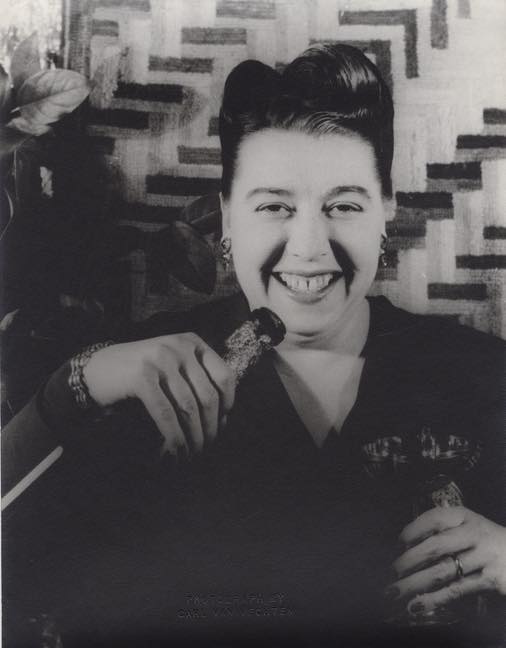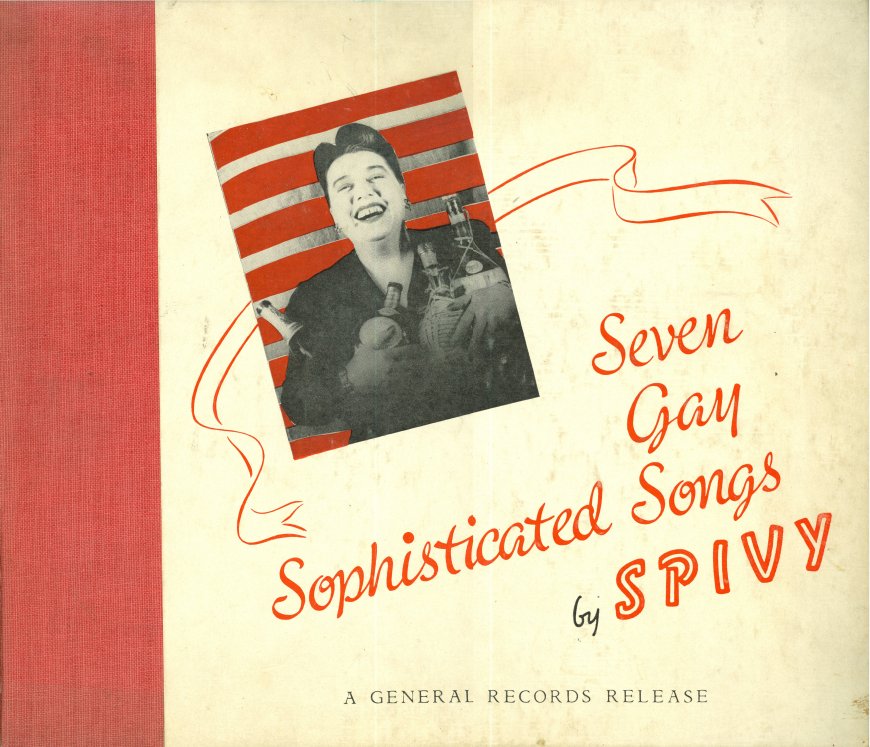
It’s hard for me to believe that I am well past 5 years into this blog nonsense and I have never written a single post about Dusty Springfield. I am a huge Dusty fan – she’s my diva. When I had my public access show here in New York City, I ran performance clips of Dusty so often that I received condolence calls and letters from viewers when she died in 1999.

Back then, there was still much to discover: whole albums of unreleased material were unearthed and LPs that had been out of print for decades were remastered and reissued. But now the cupboard is bare, with even incomplete performances cobbled together to produce somewhat finished products.
I do appreciate collections that present the tracks in different contexts. A couple of nice recent compilations: Real Gone Music’s Complete Atlantic Singles (1968-1971) and Ace Records’ Dusty Sings Soul are welcome additions to my dusty Dusty collection. And then there’s Goin’ Back: 1964-1971, a 2-CD set of radio and TV recordings that is about to be released in the UK.

With a career spanning close to 40 years and hundreds of recordings in genres from folk to disco and everything in between, it’s easy to forget about some of the lesser known Dusty performances. I was recently reminded of the time she covered a Kate Bush song.
Yes, Kate Bush.
And I’m also a huge fan of Kate Bush. But somehow, I had forgotten about this.
It’s like artists converging from different dimensions. Or maybe not. We live in an age where Lady Gaga and Tony Bennett duets are a thing.

Dusty always had a great ear for music, whether choosing her own material or introducing the Motown Sound to the UK. She was also instrumental in getting Led Zeppelin signed to Atlantic records. It’s not surprising that she would have taken notice of Kate Bush from the very beginning.
Picture it: London, April 1979. Dusty has just turned 40 as she returned to the UK after living in the US for most of the 1970’s. Meanwhile, 20 year-old Kate Bush had released her first two albums within the previous year. Dusty was performing several shows at The Theatre Royal, Drury Lane. Unfortunately there are no official recordings of the performances but we do have a couple of bootleg audio recordings. Dusty introduces the song:

“When I came here last year, I was surprised and mostly pleased at the musical changes that had happened here. I like things like (Ian Drury’s) ‘Hit Me With Your Rhythm Stick’ just as much as you do…. anyway the thing that impressed me most was that so much originality was around. In particular one young lady came through with a song called ‘Wuthering Heights’…. Kate Bush has an immense amount of originality and I was absolutely staggered by her. I’d like to sing a song that I think is one of the prettiest ones ever written, certainly by her. It’s called ‘The Man With The Child In His Eyes.'”
She then goes on to, as Neil Tennant would later say, “Dustify” the song. It’s a beautiful performance of an unexpected song choice:
Dusty was not alone in her praise of “The Man With The Child In His Eyes”. Besides reaching the #1 spot on the UK pop charts, the song also won an Ivor Novello Award for songwriting.
Later that year, Dusty’s performance at Royal Albert Hall was properly recorded for posterity. Unfortunately, by that time the song had been removed from the set list.
Today would have been Dusty’s 83rd birthday. She is still sorely missed and I’d trade my eye teeth to hear her sing a duet with Lady Gaga.
Revisiting Kate Bush’s gayest songs.





See also:
Kate Bush’s Gayest Songs
Adam Schlesinger: Not Just The Guy On The Right
A Voice You Know: Angela McCluskey
Luke Combs’ Cover Of “Fast Car” Is The Perfect Song For Our Times
You Know The B-52’s Song “Roam” Is About Butt Sex, Right?
Debbie At The World (1989)
Etta James: Advertising Zombie
Tina Turner: 12+ Cover Songs You May Have Missed
10 Forgotten Cher Moments
So Jill Sobule
The Lost Madonna 80’s Megamix Video






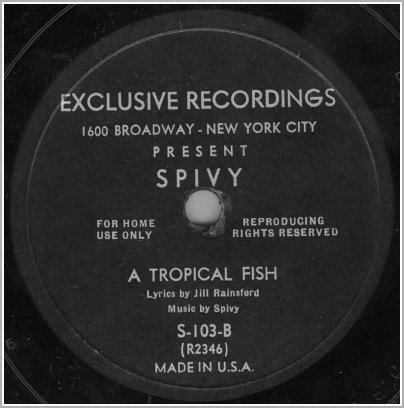

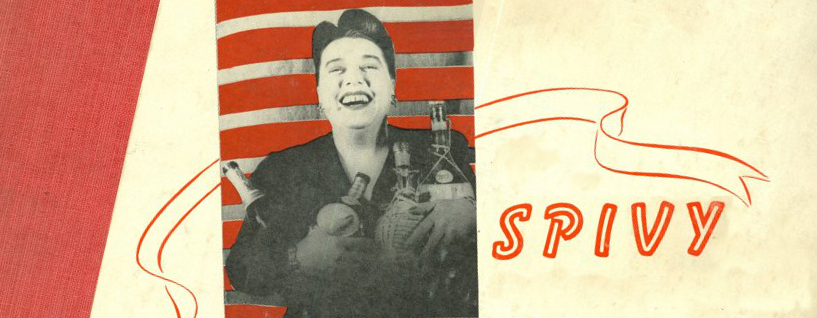

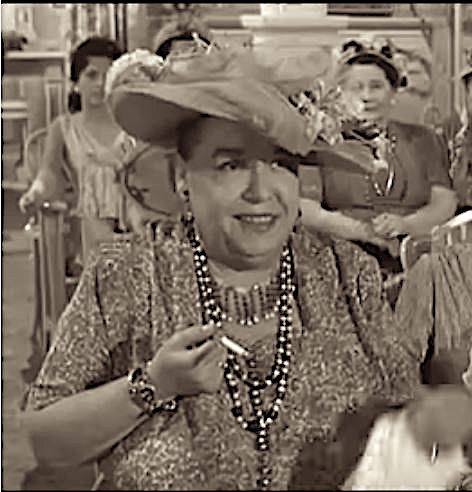 Given the current political climate, it’s a perfect time to have a listen to “100% American Girls”, a stinging satirical composition by Charlotte Kent which reminds us that nationalism, xenophobia and gentile racism have been marching hand-in-hand across this great land for generations. God Bless America.
Given the current political climate, it’s a perfect time to have a listen to “100% American Girls”, a stinging satirical composition by Charlotte Kent which reminds us that nationalism, xenophobia and gentile racism have been marching hand-in-hand across this great land for generations. God Bless America.
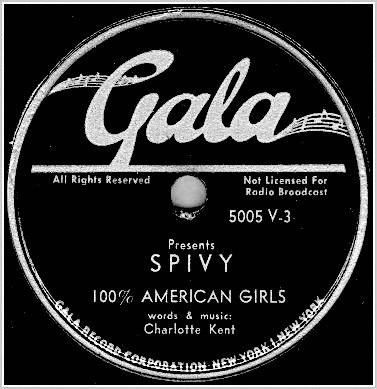


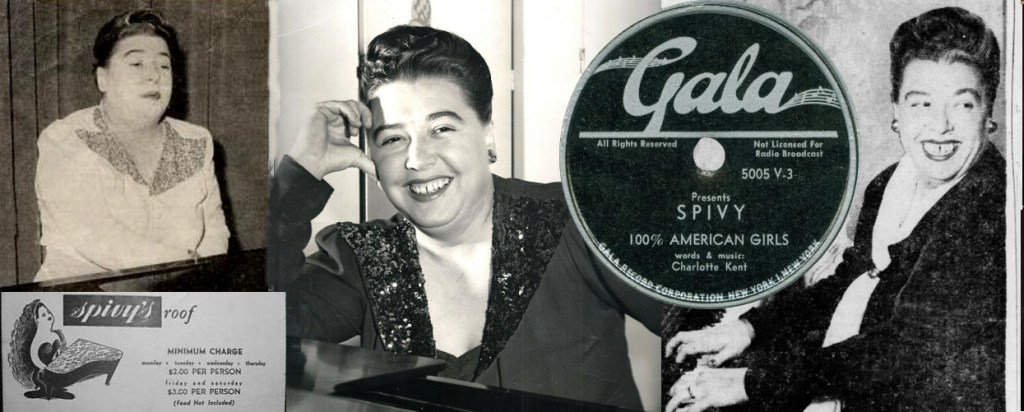
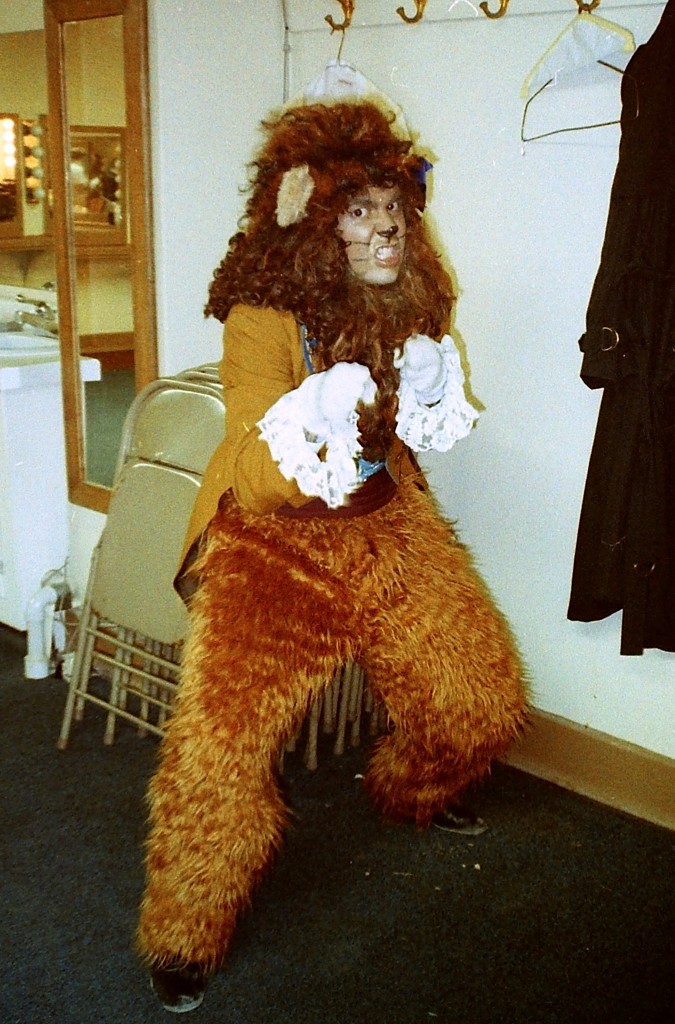


 ew pages into “Parade,” the first story in that collection, a light bulb started to flicker on: I know this story. How do I know this? I didn’t read this… I have heard this. Where did I hear this? Wait. This was the guy from Homo Alone. Back in 1991. That was David Sedaris reading onstage that night.
ew pages into “Parade,” the first story in that collection, a light bulb started to flicker on: I know this story. How do I know this? I didn’t read this… I have heard this. Where did I hear this? Wait. This was the guy from Homo Alone. Back in 1991. That was David Sedaris reading onstage that night. 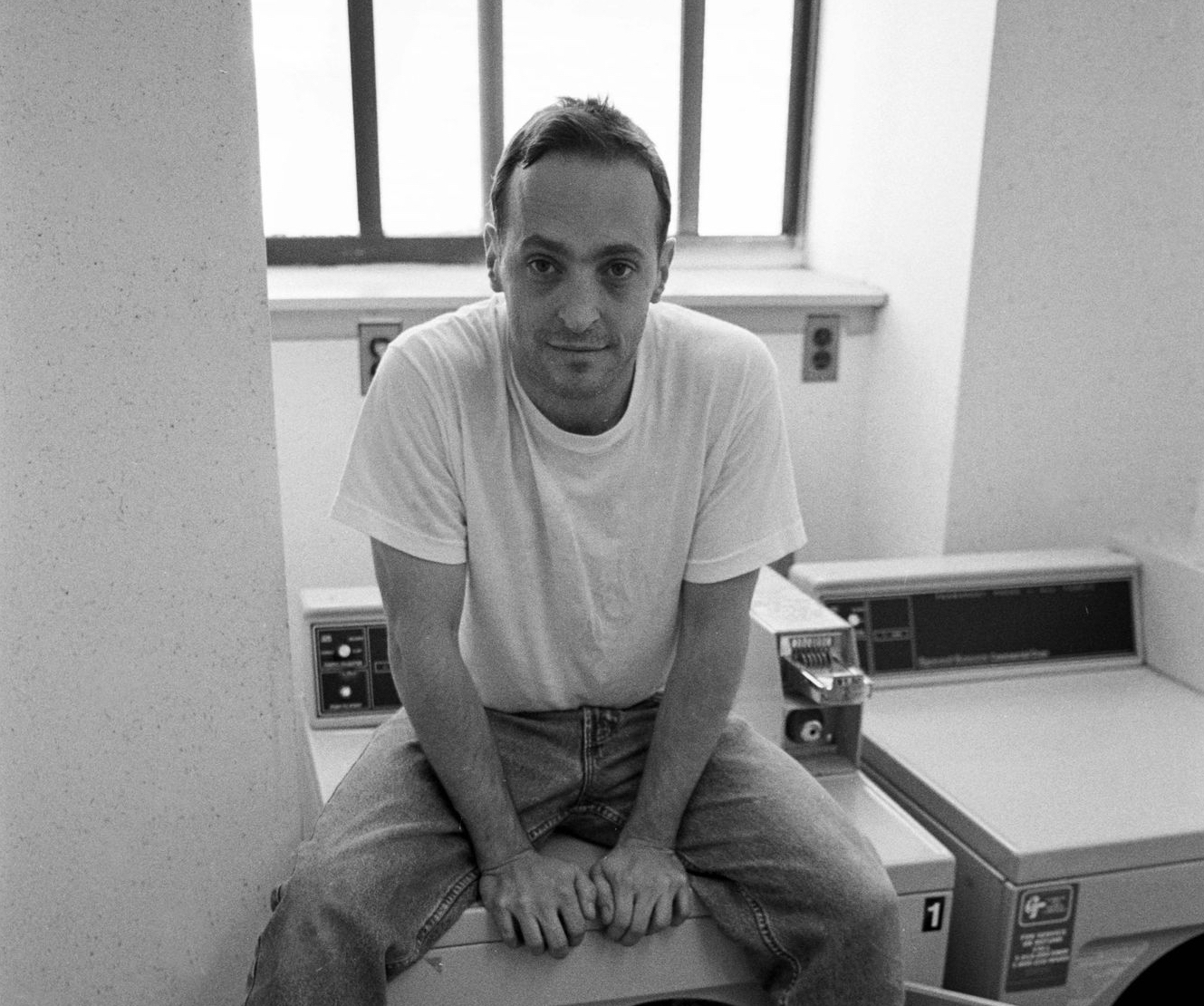




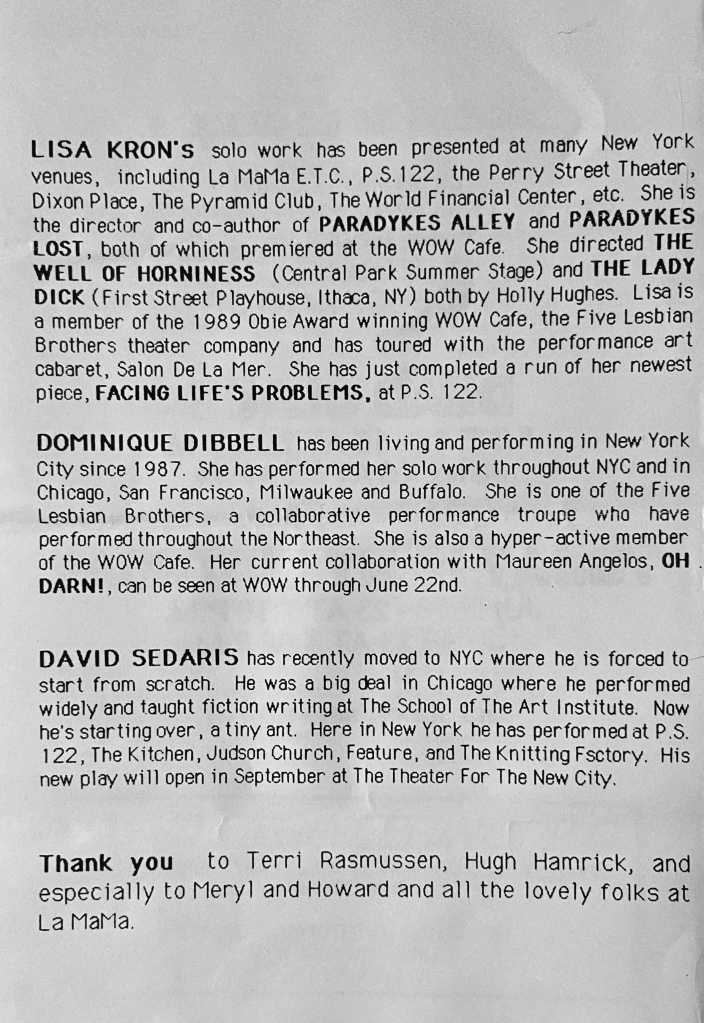



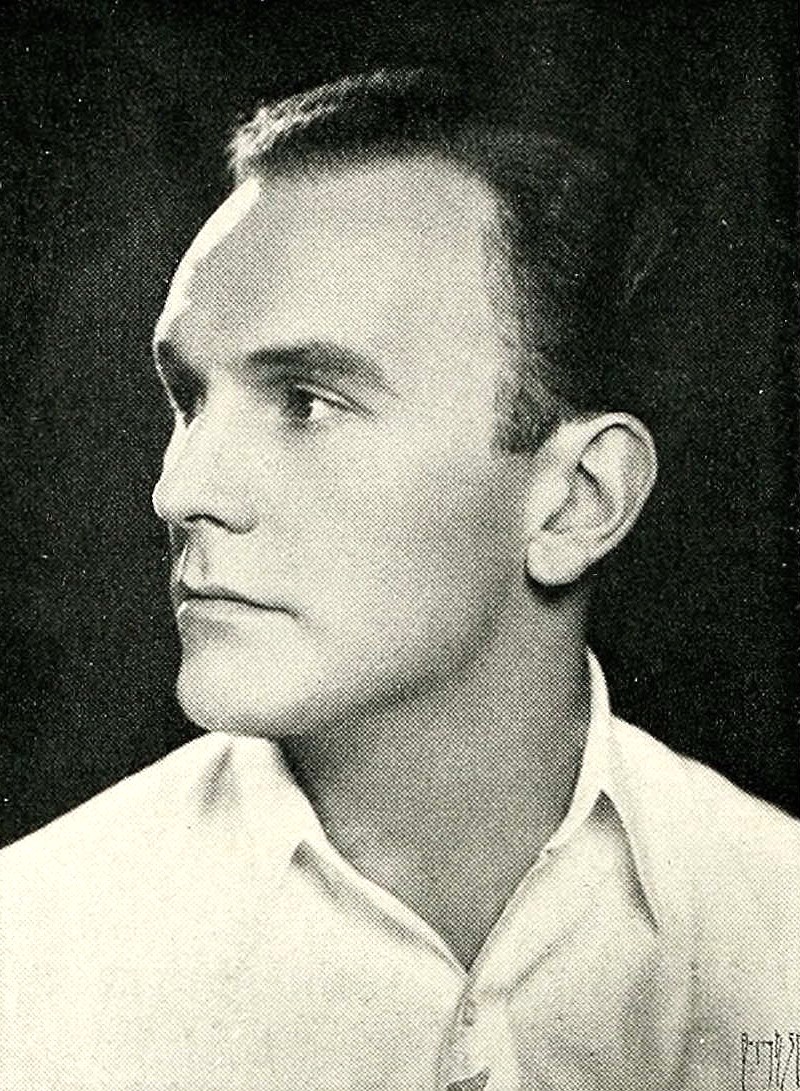



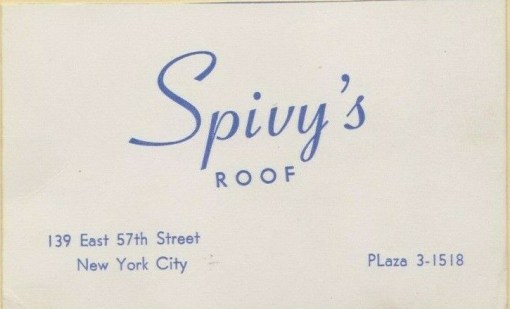


 Recently I cracked the boxes open again and came across an article I thought was worth sharing. Yes, an article. As the old joke goes – I like these old porn mags for the articles. Well… the photo layouts are nice too, but… the articles do give a window into what gay life was like before the plague.
Recently I cracked the boxes open again and came across an article I thought was worth sharing. Yes, an article. As the old joke goes – I like these old porn mags for the articles. Well… the photo layouts are nice too, but… the articles do give a window into what gay life was like before the plague.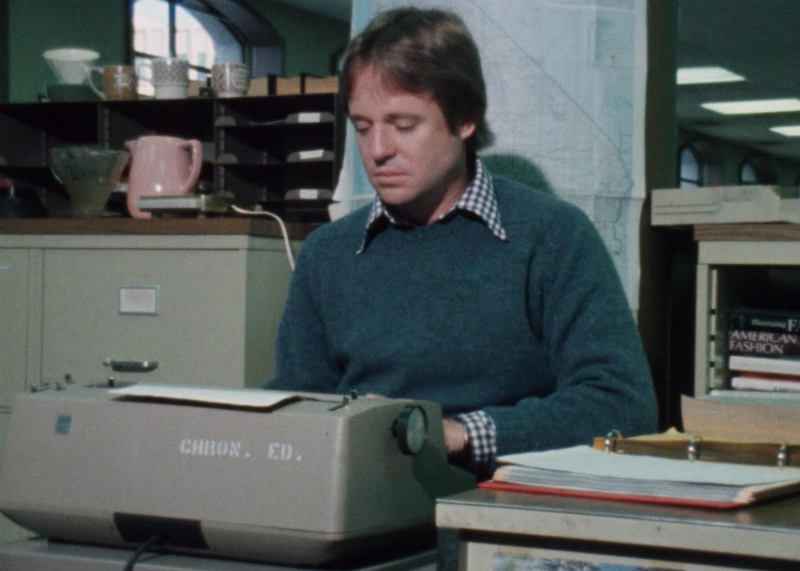










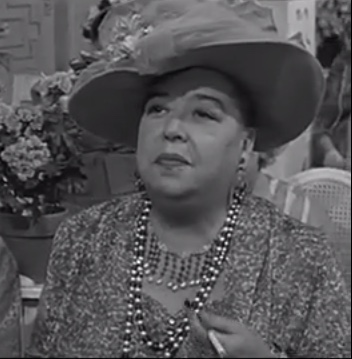

 In the 1930’s, the former Ms. Levine entertained as a singer/pianist in the back room at Tony’s, a Fifty-Second Street speakeasy and celebrity hot spot. In 1939, the
In the 1930’s, the former Ms. Levine entertained as a singer/pianist in the back room at Tony’s, a Fifty-Second Street speakeasy and celebrity hot spot. In 1939, the 